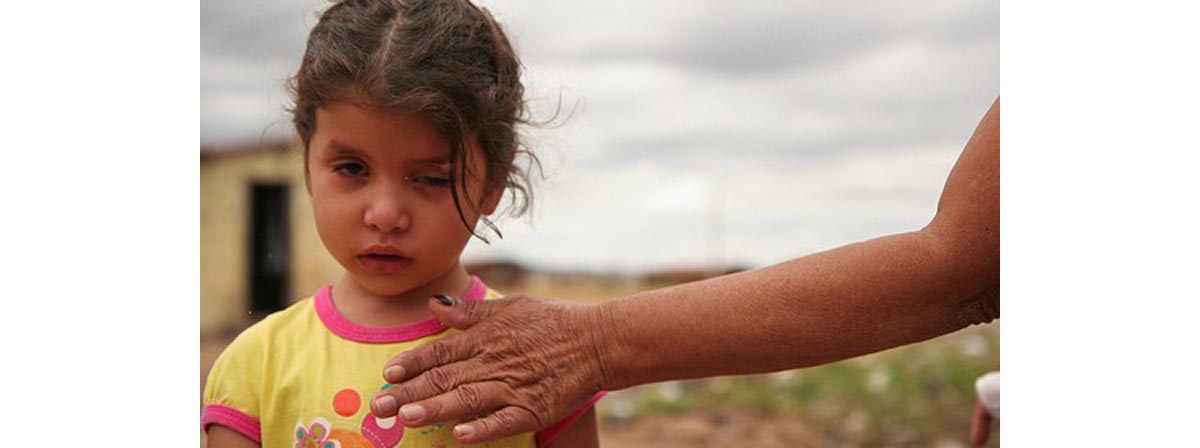Since antibiotics were first introduced at the end of World War II, the average life expectancy among humans has constantly been on the rise. This in itself is the biggest evidence of the awe-inspiring progress modern scientific medicine has achieved.
Nowadays, most diseases are at least manageable, and many are completely curable. Many infectious diseases that used to inflict the highest mortality rates throughout human history are now either eradicated or easily treatable. This became possible as a result of remarkable scientific progress achieved in the last 50 years. Now we understand exactly what’s going on in a body affected by illness. Behind each modern drug, there is a solid body of scientific knowledge and many years of work by scientists, doctors, and drug developers.

As the names suggest, the reason these diseases are still around is that nobody cares much about finding a cure for them.
Forgotten illnesses: the role of finances
The term “orphan diseases” refers to rare illnesses. Most of them are genetic and affect only a very small number of people. Due to the rarity of these diseases, they are difficult to study. Doctors often have no knowledge on the proper methods of treating them or, even worse, can’t diagnose them correctly. But the real problem lies in the fact that the modern approach to drug development offers very little hope of getting proper medications against these illnesses in the near future.
Pharmaceutical companies developing them must be sure that their investments will at least allow them to break even. In the situation when the number of individuals affected by a particular disease is too small, the chances to get any income from a new drug are very slim. The result is that companies don’t even attempt to invent a cure for rare diseases. Sometimes, research in academia is able to point to a specific and easily achievable way of treating such diseases, but cases like this are very rare. Most of the rare diseases get only symptomatic treatments.
The situation is very similar with the so-called neglected diseases. These are diseases that affect mostly the population of those geographic regions where people are too poor and unable to pay for expensive new drugs. Many tropical illnesses such as trypanosomiasis, malaria, schistosomiasis are predominantly found in Sub-Saharan Africa and Latin America where income per capita is too small to allow people to spend much on medical treatment. Tuberculosis is often considered to be such a neglected disease as well, even though it is seen not only in the tropical region.
The Real Difference In The Treatment Of Neglected And Rare Diseases Cannot Be Achieved Without Governmental Interventions
In the situation when investments from pharmaceutical companies are unlikely to be motivated by solely altruistic or scientific reasons any time soon, governments are obliged to intervene to make the development of treatments and cures for neglected and rare diseases possible. Proper studies of rare diseases practically always require international coordination, which is unlikely to work well without governmental supports.
There is hope, however, for the world and the many people who are effected by rare and neglected diseases. At the present time, a lot of clinical trials aimed at better understanding and exploring treatment options for orphan diseases is being carried out across the world.

When it comes to the majority of neglected tropical diseases, proper support from governments yet remains to be seen. Most of governments in Africa, Latin America and South-East Asia simply don’t have the funds required to support such research, and must direct whatever funds they have towards the more pressing, immediate problems their citizens face. Epidemic corruption, political instability and simple inefficiency don’t help either.
Changing demographic situation forces governments to act
The situation is gradually changing, however. Due to the much higher level of human movements around the world, tropical diseases often reach the shores of Western countries these days. For instance, tuberculosis now affects roughly one third of the world population. Even though most of the infected people reside outside the borders of the Western world, the incidences of TB become more and more frequent in Europe.
In the age of global travel, it would be hard to avoid the spread of this disease without new treatment options. In addition, recently some new, so-called extremely drug-resistant, strains of TB have emerged. The gradual spread of these strains and the lack of adequate medicines represent a major concern to the Western health care authorities. TB is not an isolated case, either: many tropical diseases previously unseen in the developed countries now from time to time reach their borders. All these changes force Western governments to invest into research directed to finding the cure for neglected infections.
New sources of financial support for research are now available
The Melinda and Bill Gates Foundation is a good example. The Foundation provides grants for research aimed at the eradication and proper management of various diseases common in the Third World countries.
Serious studies in this field are being performed now in China, India and Brazil, among many other countries. For instance, artemisinin, which is currently the most effective drug against malaria, was discovered and developed by Chinese scientists.
The level of efforts, however, is still inadequate. It is clear to everyone that much more needs to be done to achieve the ultimate aim of eliminating the tropical infections.
When it comes to the rare genetic disorders, the hope of patients lies in the development of appropriate gene therapies. The progress in this field is fast, but most studies were done on animals so far. It remains to be seen if the same genetic manipulation techniques can be applied to humans.
- Aymé S, Schmidtke J (December 2007) Networking for rare diseases: a necessity for Europe. Bundesgesundheitsblatt Gesundheitsforschung Gesundheitsschutz 50 (12): 1477–83
- Ibrahim Abubakar, Matteo Zignol, Dennis Falzon et al. (2013) Drug-resistant tuberculosis: time for visionary political leadership. The Lancet Infectious Diseases 13, 529-539
- Miller L.H. and Su X. (September 16, 2011) Artemisinin: discovery from the Chinese herbal garden. Cell 146 (6): 855–858
- Hotez PJ, Kamath A (2009) Neglected Tropical Diseases in Sub-Saharan Africa: Review of Their Prevalence, Distribution, and Disease Burden. PLoS Negl Trop Dis 3 (8): e412
- Photo courtesy of Danielle Pereira by Flickr : www.flickr.com/photos/galeria_miradas/8576020542/
- Photo courtesy of Bill Brooks by Flickr : www.flickr.com/photos/8011986@N02/2689975613/


Your thoughts on this